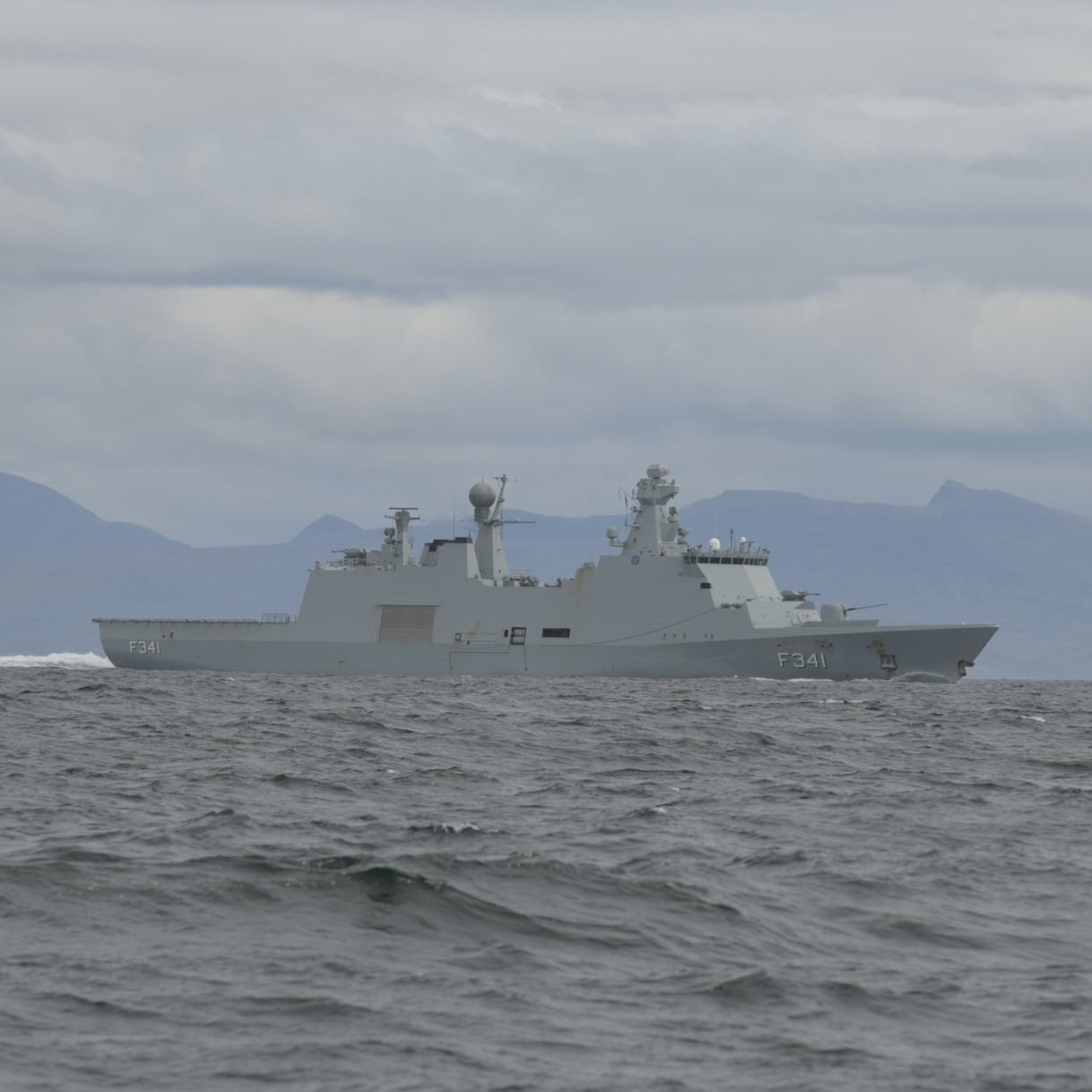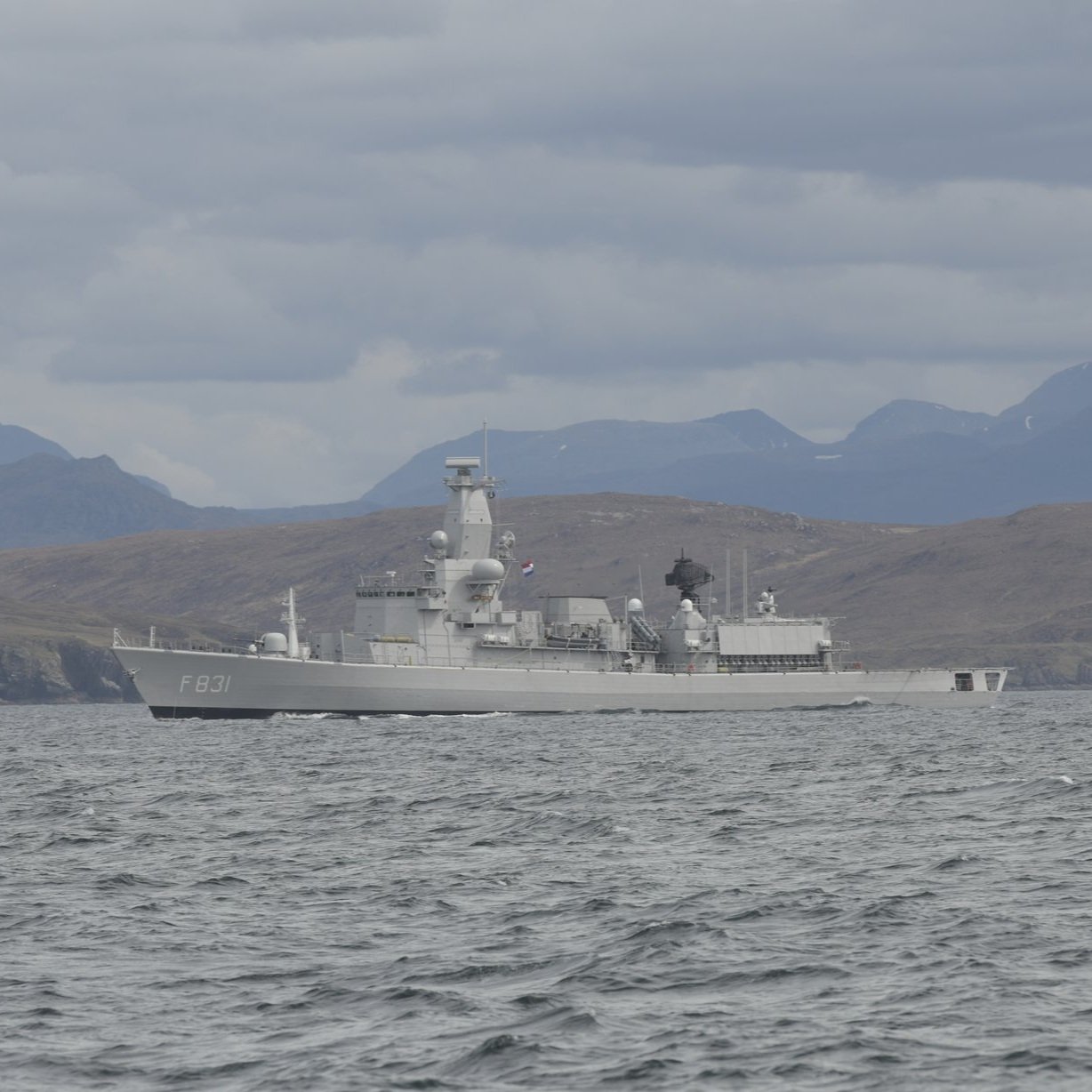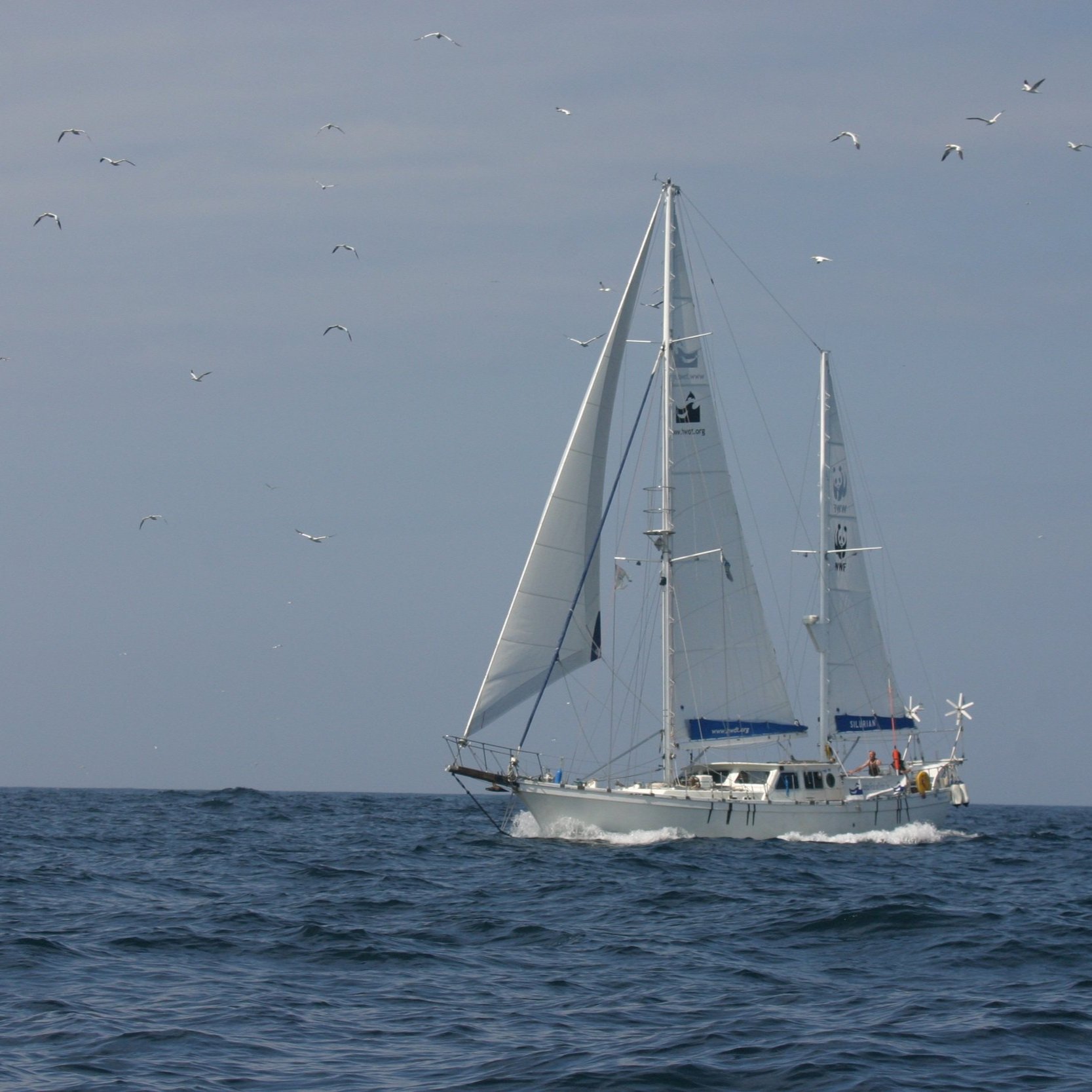On Sonorous Seas...exposing the noise beneath the waves
When art and science join forces interesting things can happen; disseminating science through the arts can raise awareness of issues, reach new audiences and create a space for compelling, thought provoking discussion. When local artist Mhairi Killin approached us and shared her idea for a project, we were excited to be part of her vision.
In 2018, a Cuvier’s beaked whale stranded on Traigh an t-Suidhe on the Isle of Iona, leading Mhairi on a journey of discovery about underwater noise pollution in the seas off western Scotland. It transpired that the whale was just one of total 128 individuals which perished and washed ashore, found on Scottish, Irish, Faroese and Icelandic coasts over a short period. The main suspect in this Unusual Mortality Event…naval operations, specifically mid-frequency sonar deployed by the military.
HWDT run monitoring expeditions to coincide with NATO’s Joint Warrior military exercises (which run twice each year in the spring and autumn) to help understand the impact that these activities may have on whales and dolphins across the Hebrides. Mhairi joined a Joint Warrior monitoring expedition in 2019, learning more about the underwater soundscape and experiencing both the natural sounds of the sea and human induced noise - particularly sonar. This experience helped shape On Sonorous Seas – a story told through the voices of science and art, exploring the militarisation of our seas and the overlap with the habitat of the whale.
Mhairi curated a team of artists, from composers to poets and calligraphers, to produce the final piece which you can experience in An Tobar, the arts centre in Tobermory, until tomorrow! The audio accompaniment to On Sonorous Seas was masterfully created by Fergus Hall, using sounds gathered during the Joint Warrior expedition Mhairi participated in. You can listen to a series of podcasts, including one with our Director, Alison Lomax, and Science Officer, Jenny Hampson, by following the link below or popping into our Discovery Centre, where you’ll find a listening station.
THE UNDERWATER SOUNDSCAPE
Casting your eye over a calm sea, you’d be forgiven for thinking life beneath the waves is peaceful and serene…it’s anything but! Our seas and oceans are a cacophony of sound and getting increasingly nosier as human pressure intensifies the soundscape.
Sound is a fundamental component of marine life. Whales, dolphins and porpoises – collectively known as cetaceans – have a highly developed auditory sense. This is vital for all aspects of their life: communication, social bonds, foraging and navigation. Their incredible biological sonar has allowed some species to exploit the most hostile environments on Earth, with deep divers hunting in the pitch black of the midnight zone.
Before the Industrial Revolution, sound waves in the marine environment would have been naturally produced, by animals or through environmental and geological processes. Fast forward a couple hundred years and the seas are full of man-made, or anthropogenic, noise. From the hum of a boat’s engine to the intense noises produced by military sonar, human activity has a significant impact on the underwater soundscape.
The hydrophone lies coiled on deck, ready for deployment. This underwater microphone detects soundwaves below the waves, the various noises can be heard through earphones below deck at the science station. Computer software can identify the sounds - such as the click of a porpoise - making acoustic surveying an effective way to monitor our changing seas.
ACOUSTIC MONITORING OF MILITARY EXERCISES IN THE HEBRIDES
Joint Warrior, Europe’s largest military exercise, is conducted twice each year in the waters off western Scotland. These are the largest multi-threat exercises conducted by the Royal Navy in UK waters and bring together warships, aircraft, marines and troops from the Royal Navy, Royal Air Force, British Army, NATO, and allied forces.
HWDT have long-standing concerns about the impact that Joint Warrior exercises have on cetaceans and we question how Europe’s largest military exercises are allowed to take place within and near to protected areas specifically designated to protect Scottish cetaceans and known cetacean hot-spots.
Military sonar used during these operations produces an intense loud noise that can cause injury, death and mass strandings of cetaceans as well as widespread disturbance. It is vital that monitoring is undertaken during these exercises to determine if there is any negative impact on the different species we find in our waters at this time.






